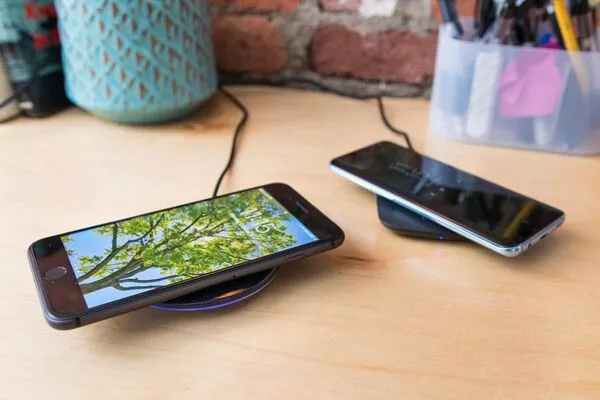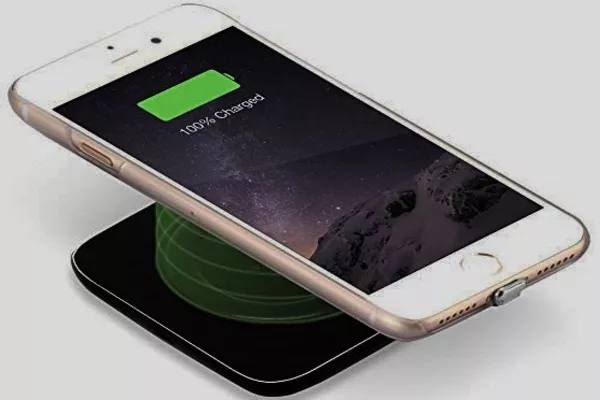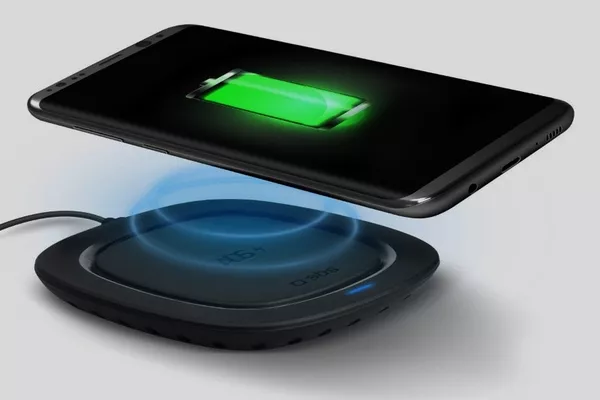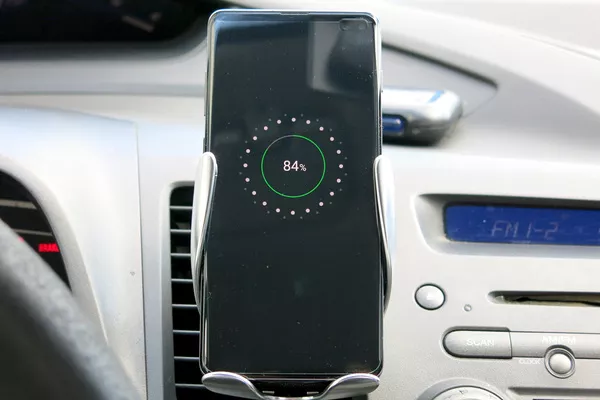Many might not realize how innovations have changed our way of living. One of these innovative gadgets that we’re talking about is the wireless car charger. Phone chargers started off as a corded little gadget that you have to plug into an AC power socket.
Now, wireless phone chargers are taking over the market. In fact, big mobile phone companies include a wireless phone charger among their freebies when you purchase their latest phones.

Wireless chargers are starting to flood the market
But you can also purchase a universal wireless charger separately. You just need to make sure that it’s compatible with your phone or better yet, buy the original one.
These wireless chargers don’t only look fancy. They’re actually more convenient to use. Imagine how easy it would make it for you to charge your phone in your car! But is that even possible? How would you do it? Find out everything in this article from Philkotse.com.
1. Wireless charging technology
So-called “wireless charging” is definitely an amazing technology. It uses magnetic fields to successfully transfer the energy from your charger to your phone’s battery. The use of this technology isn’t only limited to wireless chargers.
This technology, in fact, has been used in other devices long before it became a trend in smartphones. But if you’re wondering as to whether you can take a fascinating technology like this into your car, it’s actually a yes!
The problem is that there are still very few vehicles that come with this feature. But if your car doesn’t have a built-in wireless charger, don’t worry. We’re here to guide you. We’ll also go over the reasons why you would want to have one in your car.

Wireless charging uses magnetic fields to transfer the energy from your charger to your phone’s battery
>>> Check out: 3 best wireless phone charging car mounts in the market.
2. How do wireless chargers work?
Wireless charging is also called inductive charging. As a matter of fact, this name is actually a better description of how technology really works. Inductive charging uses two basic ideas. First, the base station creates an electric field which then transfers energy into the compatible device. This could be a smartphone or a tablet or any handheld device.
The process that’s responsible for this is called the inductive coupling. This type of charging isn’t as efficient as actually charging a phone the old way. But it’s no secret how they are much easier to use. With wireless charging, you don’t need to keep plugging and unplugging your phone. If your phone battery is low, just put it on the base station. It will automatically start to charge by itself.

The wireless charging technology that we know is also called “inductive charging”
To some people, this may all seem to sound like total fiction or too futuristic. But this type of technology has actually been around for quite some time now. In fact, Braun has long been using this tech even in the early 1990s. Too bad though, because other industries were a bit slow to follow suit.
The first mobile phone that was built with inductive charging was introduced in 2009. This was actually the same year when the Qi standard was introduced to us by the Wireless Power Consortium. This allows interoperability to happen between devices and chargers created by various companies.
3. The automotive applications of inductive charging
Who would’ve known that using induction charging in cars would date back all the way to the late 1990s? At the time, the system was referred to as Magne Charge. At the time, it was used as inductive coupling.
Its main purpose was to charge electricity-powered vehicles. It’s too bad that it didn’t last very long. Sometime in the early 2000s, it was replaced by standard conductive coupling.

Inductive charging was long used in cars
We can safely say that inductive couplings are safer in these types of applications. But conductive coupling won the fight generally because of one reason. That is because it’s more efficient than inductive coupling. This is of course, provided that the conductive couplings are backed-up with additional safeguards.
Today, the inductive charger has once again captured the hearts of many. On top of that, it even made it back into the world of automotive. It makes it possible for you to charge your phones and other devices while you’re in your car.
4. How can I charge my phone wirelessly in my car?
If your current mobile device can’t charge itself via wireless technology, you will need a new phone. For phones that don’t support wireless charging, there are wireless charging adapters available in the market. These can be cheap or expensive, depending on the manufacturer. But they are very easy to use.
>>> Tips for you:
- Top best smart car accessories in 2020 you need to know.
- 8 essential tips when buying car accessories online.

If your current mobile device can’t charge itself via wireless technology, you will need a new phone -- or an adaptor
Recent posts
- Jump starter, jump box or charger - Which is the best? Aug 16, 2022
- Handy tips on how to charge and maintain car battery properly May 24, 2023
- How to choose the best EV charging station for home use Jul 11, 2019
- EV Buyer's Guide: 7 common kinds of EV charger May 20, 2019
- Shoud drivers opt for it: The Pros and Cons of turbocharging & Supercharging car engines Dec 04, 2020












